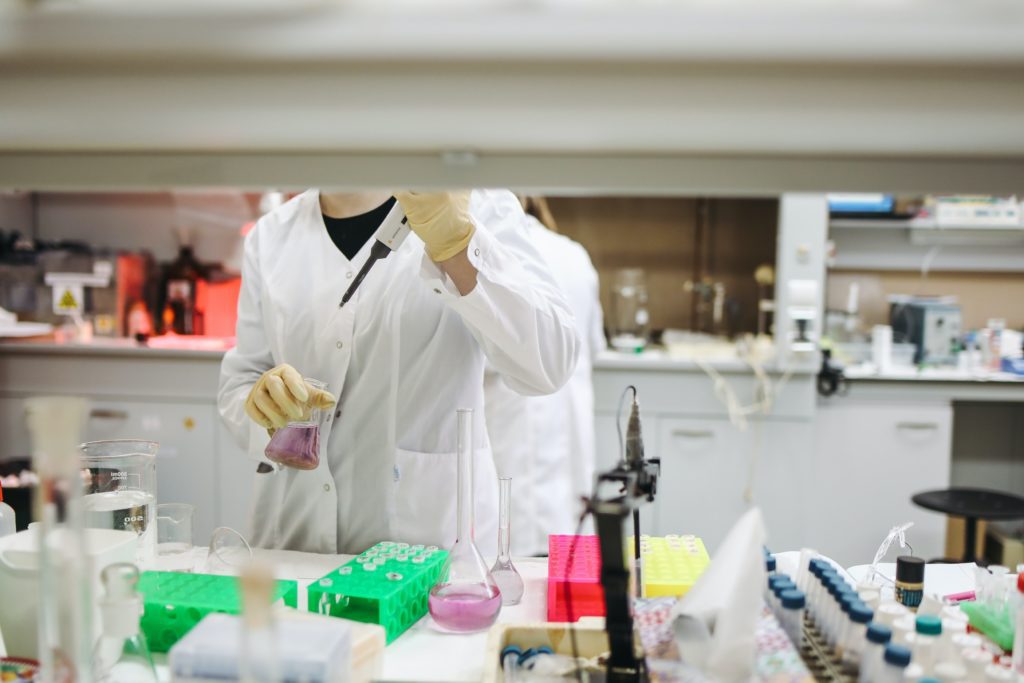Your Guide to Reef Safe Sunscreen
Reef safe sunscreen. Sunscreen is important to use throughout the year to protect skin from the sun. The Food and Drug Administration (FDA) recommends wearing a broad spectrum sunscreen, even on cloudy days. The World Health Organization (WHO) warns that UV radiation can pass through clouds and reflect off surroundings like snow and water.
Although sunscreen is important to our health, the type of sunscreen we use can also impact the health of the ocean. About 4,000 to 6,000 tons of sunscreen ends up in reef areas each year. The chemicals in sunscreen then washes off into the ocean and negatively impacts coral reefs.
Coral reefs are important for a number of reasons. They’re home to a variety of fish and sea life, sources of food for locals and natural barriers against natural disasters. On top of that, coral reefs are also beautiful, nature-made structures that are only in danger due to pollution created by humans.
Below, we’ll go over the sunscreen’s impact on coral reefs, a few common sunscreen ingredients and things you can do to reduce your impact.
Sunscreen Impact on the Coral Reefs
Many studies over the years have highlighted the damaging effects of sunscreen on coral reefs. One study published in the Archives of Environmental Contamination and Toxicology looked into the harmful effects of common ingredient oxybenzone. This study found that oxybenzone exposure mutated coral and made it more sensitive to UV light.
In addition to harming coral reef systems, sunscreen ingredients are also harmful for sea life. A study published in Environmental Science and Technology found methyl parabens in seagrasses, fish and invertebrates. Consuming chemicals like this can cause deformities and even death. Pollution can also work its way up the food chain and result in humans consuming fish containing these chemicals.
The National Ocean Service explains more of the impacts of sunscreen on the ocean and ocean life.
Toxic Sunscreen Ingredients
The Haereticus Environmental Laboratory keeps an ongoing list of known pollutants that threaten ecosystem health. Here are a few ingredients to look out for:

- Ocybenzone
- Octocrylene
- Octinoxate
- Parabens
- Any form of microplastics (like microbeads)
These ingredients are also found in cosmetics and personal care products. You should ideally check ingredients for all of your household products to be safe. If you want to take it a step further, you can do some eco-friendly swaps for some of your products to know all of the ingredients you’re using in your home.
How to Choose Reef Safe Sunscreen
Now that you know why some sunscreen ingredients are harmful, it’s time to learn how to find a safe one. There are a handful of brands that are better for the ocean than others. You’ll need to do some research and spend time reading labels. You’ll want to look for a water-resistant sunscreen that won’t quickly wash off into the ocean. You should also avoid spray sunscreen since it easily gets into the air and into the sand, eventually washing into the ocean. Finally, you should opt for a mineral or physical sunscreen instead of a chemical sunscreen. These types of sunscreen don’t typically use toxic ingredients in their formula.
We listed a few tips below to help you on your next sunscreen shopping trip.
- Read the full ingredients list. You can also double-check ingredients on that brand’s website if you’re shopping online.
- Don’t immediately grab for “ocean safe” or “reef safe” labeled sunscreen. This may just mean that the sunscreen doesn’t wash into the ocean. The term “reef safe” isn’t regulated by the government, so it’s easy for brands to add this label to their bottle. Rely on the ingredients list to determine if a brand is actually safe.
- Pick sunscreen with non-nanotized zinc oxide or titanium dioxide. “Non-nanotized” means that they’re at least 100 nanometers in diameter. These ingredients are recommended by the National Park Service and better for the ocean than other ingredients.

Other Ways to Reduce Sunscreen Use
Choosing safe sunscreen isn’t the only way to help coral reefs and sea life. Using less sunscreen can also ensure less of it washes off. Here are a few ways you can stay safe from the sun while limiting your sunscreen use.
- Stay out of the sun when it’s highest in the sky. This differs by your location, but this is roughly between 10 a.m. to 2 p.m.
- Wear protective clothing. When you’re under the sun, wear a hat, long-sleeved tops and other clothes to cover your skin.
- Stay under the shade. Bring an umbrella or a tent if you plan to stay at the park or beach for a long time. Stay under awnings and other covers as much as possible when you’re out and about.
Take a look at this infographic from Florida Panhandle on reef safe sunscreen. Their guide breaks down toxic sunscreen ingredients, tips for picking safe sunscreen and an overview of regions that have bans on toxic sunscreen.
Thanks to FloridaPanhandle.com for this graphic: 
- Featured photo by RF._.studio from Pexels
- Scientist photo by Polina Tankilevitch from Pexels
- Two kids under umbrella photo by Vidar Nordli-Mathisen on Unsplash








